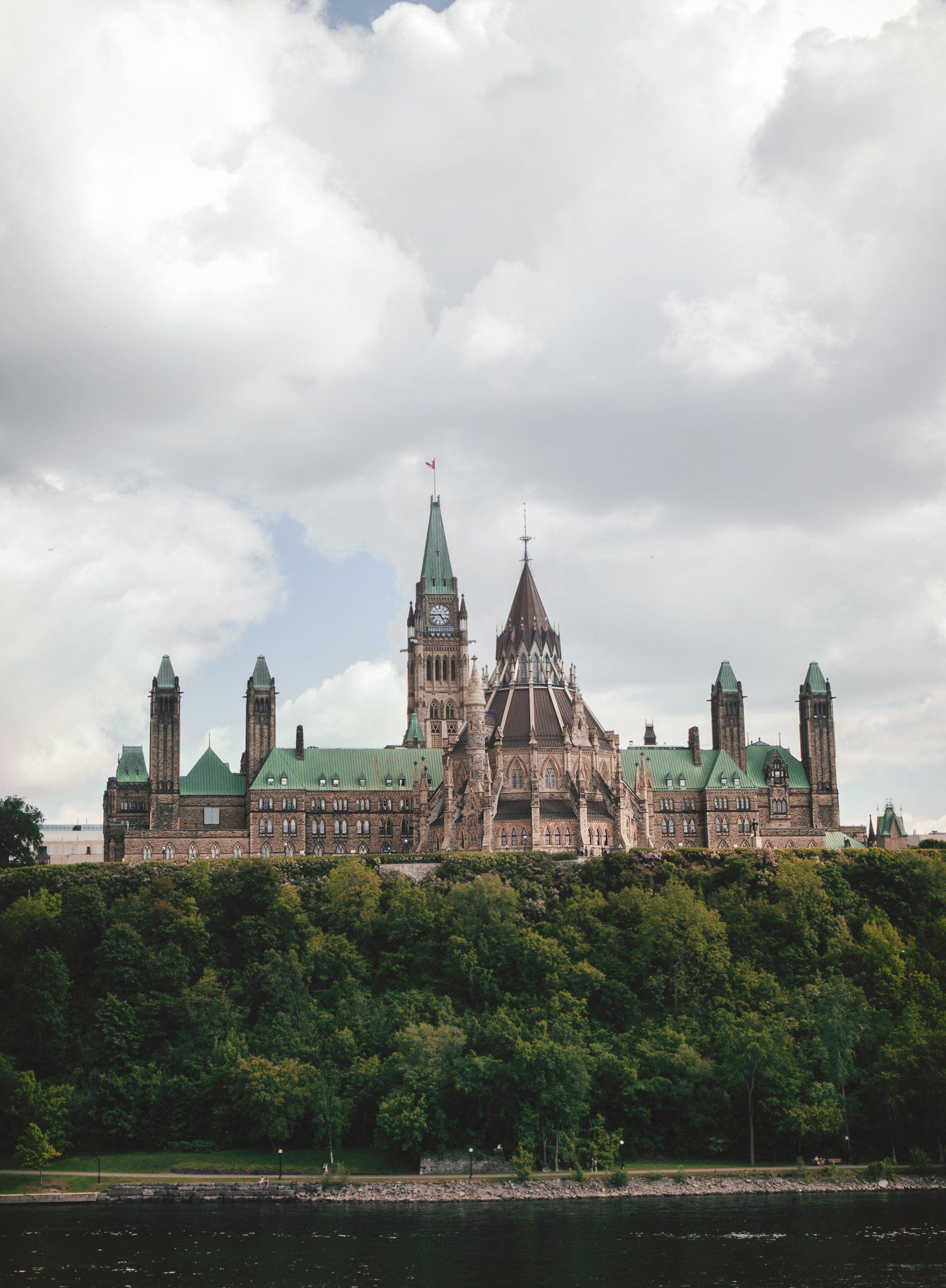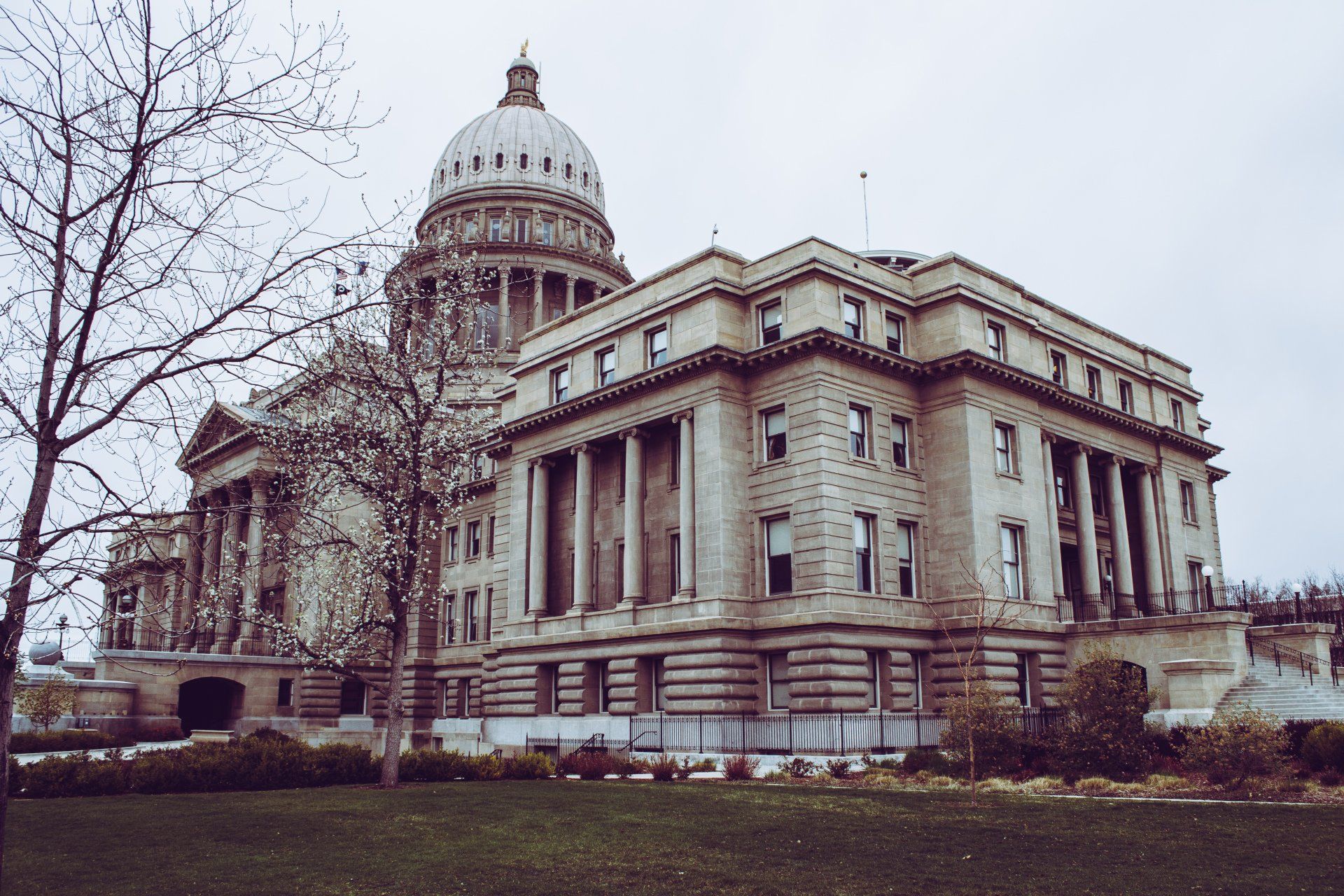Buses, Subways, and Public Transit
What Role do Buses and Subways Play in Public Transit?
The Advantages and Limitations of Buses and Subways
Public transportation is essential for connecting people to essential services, bringing them to work, and enabling social gatherings. Whether it’s buses or subways, public transit enhances the quality of life for community members. They’re also the best way to reduce transportation-related emissions by decreasing the number of cars on the road.
Buses and subways connect cities; however, they have many advantages with a few limitations. Some cities have high enough population density to warrant a subway system, whereas in rural areas it’s not possible. This article will evaluate what situations best suit the use of buses, subways, or even both.
Ridership Costs
The cost of transportation to riders should be considered as areas that are densely populated, like New York City or Tokyo, typically have lower costs. However, in some countries, governments do not subsidize the cost of building such infrastructure. For example, a large majority of people in London don’t use public transit due to the high cost of a ticket, currently around $4.00, making driving a more attractive option. This not only continues to keep costs high due to depressed demand, but it also mitigates the effects of reduced emissions as more people choose personal vehicles.
The actual cost (or revenue for the agency) for riders is a factor to consider when weighing transportation options. Cities like Tokyo, which has a high cost of living, have fairly low transit costs at $1.50. On the other, a ticket will cost around $4.60 in Copenhagen, $2.80 in NYC, and $2.40 in Toronto. The city with the lowest price for public transit is Cairo at just $0.20. This cost is analyzed together as cities that have both transit options, have one fee.
Advantages of Buses
Lower Operational Costs
The most common type of bus in the USA is fueled by diesel. These busses have an initial cost of around $550,000. Some cities have implemented hybrid buses, which cost on average $714,000. While the initial cost is relatively the same around the country, the operating costs vary. For example, in New York City, hourly operating costs are $215, whereas in San Diego it’s only $90/hour. The overall lifetime cost of a diesel bus is estimated at $1.25 million, which includes maintenance, gas, and other expenses.
On a per passenger basis, the cost of running a bus is extremely variable as it depends on how many people are on board. When a bus has 6 passengers, it costs the agency $20 per passenger, whereas if the bus is full, it only costs around $2 per passenger.
Positive Environmental Impact
Taking any form of mass transportation is a very effective way for people to reduce their emissions. A typical diesel bus emits 229,167 pounds of CO2 emissions annually, whereas a single gas car, carrying far few people, emits 10,141 pounds annually. If one person ditches their car for public transit, they can reduce their total emissions by around 30 percent. When considering that a bus transports thousands of people per day, the annual savings in emissions is 37 million metric tons of CO2.
The dependency on fuel and decreased congestion would also cause a positive impact on the environment. Buses save 4.2 billion gallons of gas annually, which saves around 300,000 car fill-ups. They also save 865 million hours in travel time for commuters.
Availability and Flexibility
For a busy city like New York, the annual ridership in 2019 was 557 million. With over 300 routes in the city, it is extremely efficient to get around. In other cities, such as Chicago, their bus system has 129 routes and has an annual ridership of 130 million. For smaller cities, like Green Bay, Wisconsin, there are far fewer routes, and, in turn, fewer rides – 14 bus routes with an annual ridership of 1.165 million. Buses are usually able to move 2,000 riders per hour when mixed in with traffic, and up to 8,000 in bus lanes.
Depending on the area and population, the availability and flexibility of routes vary. The biggest issue with buses is the wait times, especially in less-popular routes/stops. Even in a big city like Houston, Texas, wait times have been observed to be as high as 60 minutes at certain stops. For popular routes, buses may come every 5-10 minutes.
That said, buses are notoriously unreliable, either being too early, too late, or not showing up at all. There also isn’t a lot of flexibility with routes as they are set and cannot change based on rider needs. This means that riders may need to walk long distances to get to a stop or arrive at their destination. Buses are also not available at all hours of the day. Service will usually end around midnight to 1:00 AM before resuming service around 4:30-5:00 AM.
Advantages of Subways
Increased Availability and Ridership
The New York City Subway is one of the biggest in the world, with an average ridership of 5.7 million weekly, and 1.75 billion annually in 2016. With speeds varying from 15 mph to 30 mph and 472 stations, it is a very effective subway system. Comparatively, the Toronto Subway system, with 75 stations, moved 88 million passengers in 2019. Though Toronto is the biggest city in Canada, ridership doesn’t come close to that of NYC. Typically, subways can move 15,000 to 36,000 people per hour per route, but this is highly dependent on the number of cars and routes.
The flexibility of subways is a huge weakness as they run on the same tracks every day and cannot be altered. This means that riders could still have a long commute after taking the subway. Therefore, subways are implemented in large cities as they already have a network of bus routes that connect the subway stations to smaller neighbourhoods.
Unlike buses, the NYC subway is available 24 hours a day, which makes it extremely available for riders. After hours, between 12 am-5 am, the subway slows down which results in less frequent trains. For this system, you can expect wait times of 2.5 minutes between trains during rush hour, and about 5 minutes during off-peak times, a major advantage over busses.
Low Operating Cost – High Initial Cost
The initial cost of implementing a subway is pricey. The cost of the Los Angeles Green Line, for example, was $712.3 million. To add lines to Toronto’s subway would cost $200-$400 million per kilometre. The hourly cost of operating the LA Metro is around $395, whereas the hourly operating cost for a much smaller Metro in Chicago is $145/hour.
Though the initial cost of a subway system may seem high, the cost to build an additional lane on any major road is about $772,000. Similarly, the annual maintenance of roads is another expense. Metro Vancouver, for example, spends $235.31 million on road maintenance. To put it into perspective, building a subway system is not any more expensive than servicing Vancouver roads for a few years.
Decreased Emissions Over Time
Like buses, subways can lower emissions due to the number of people they transport. The San Francisco subway only produces 125 grams of CO2 per passenger per mile (ppm). Compared to a standard vehicle, which emits 375 grams ppm, and buses, which emit 665 grams ppm when almost empty, or 85 ppm when full, subways are very carbon-efficient.
However, the construction of subways also results in emissions, and it can take decades to offset them with the savings over passenger vehicles. The University of Toronto has found that emissions from the construction of the newest subway line in Toronto, completed in 2002, weren’t offset until 2020 – a full 18 years later. The total emissions created during construction amounted to 168,000 metric tons over 8 years. Line 4 is also a very small system, with a total track length of only 5.5 km, so you can only imagine how pollution-intensive building an entire system must be.
How Cities Choose the Right Approach
When cities are considering installing a public transit, factors such as area, population, and population density must be considered. Typically, cities with a higher density around the core would consider installing a subway system, whereas a city with a large area and lower population may not see a great enough return.
With the proper infrastructure, like bus routes and hubs, a city with a more spread-out area would reap the benefits of a great bussing system. Like the rapid buses in LA, with the proper infrastructure, people agree that it is better than the subway system. With a low population density, there are often fewer benefits to a subway system. Installing a bussing system is also generally more cost and time effective than a subway.
Installing a subway system is extremely expensive and takes several years. It is a huge investment for cities, and most require federal funding. If large cities find that their bus routes aren’t providing fast, efficient, and affordable transportation, then a subway could be the answer.
Both forms of public transit are great at lowering transportation-related emissions and connecting cities. However, they are large investments and should be carefully considered before any construction begins.


